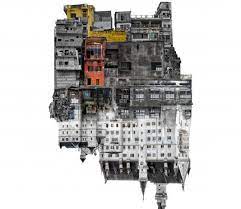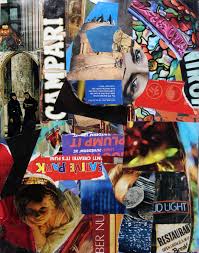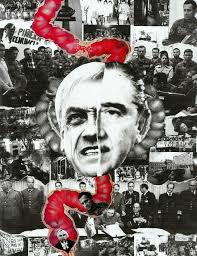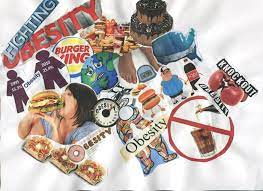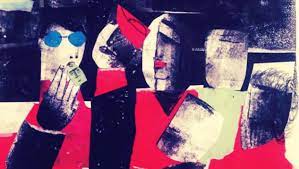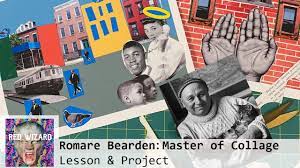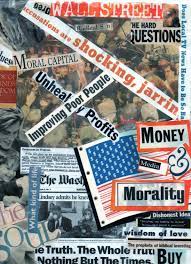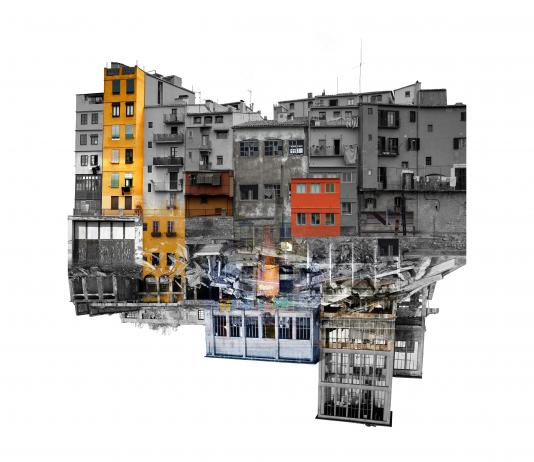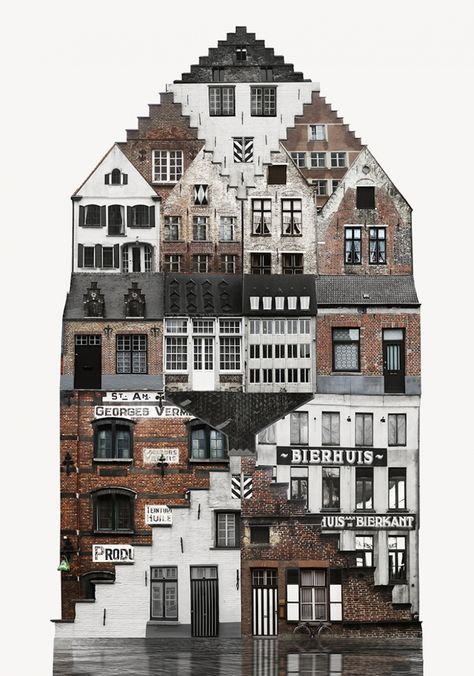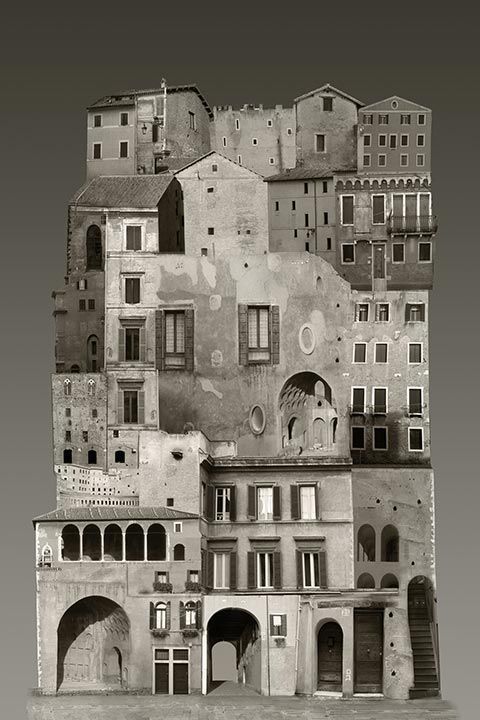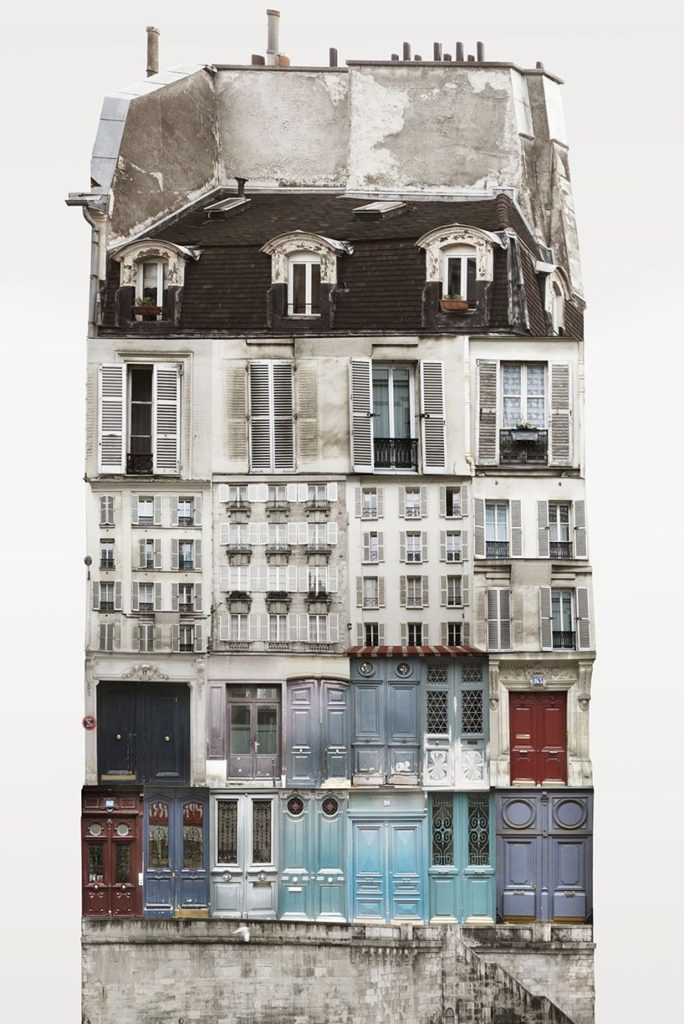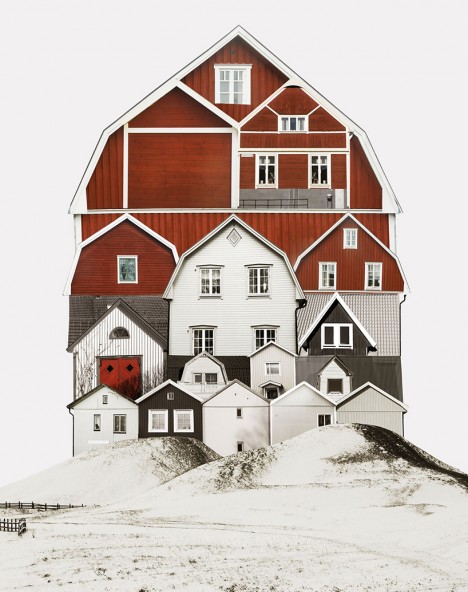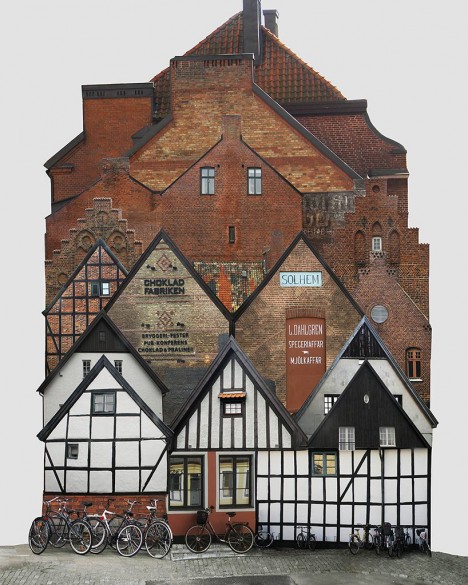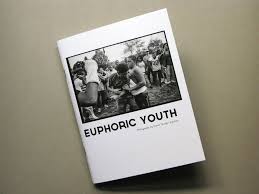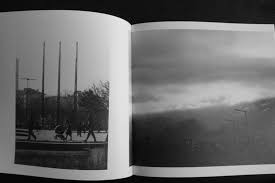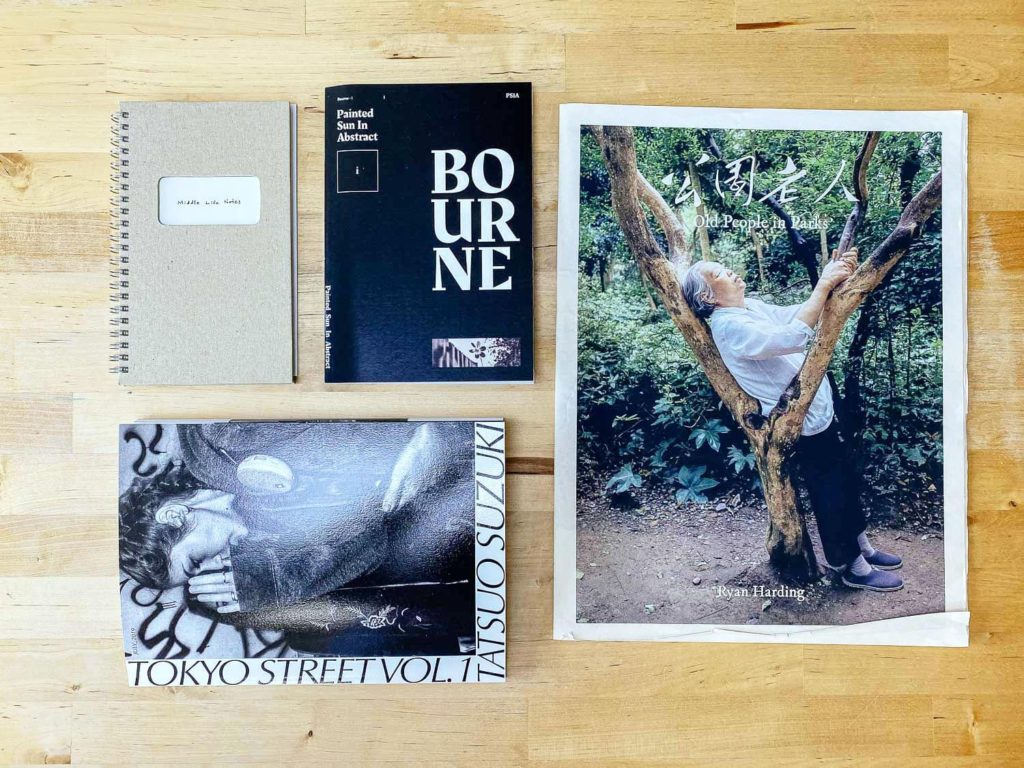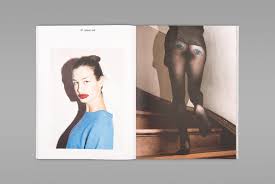Mindmap of Ideas
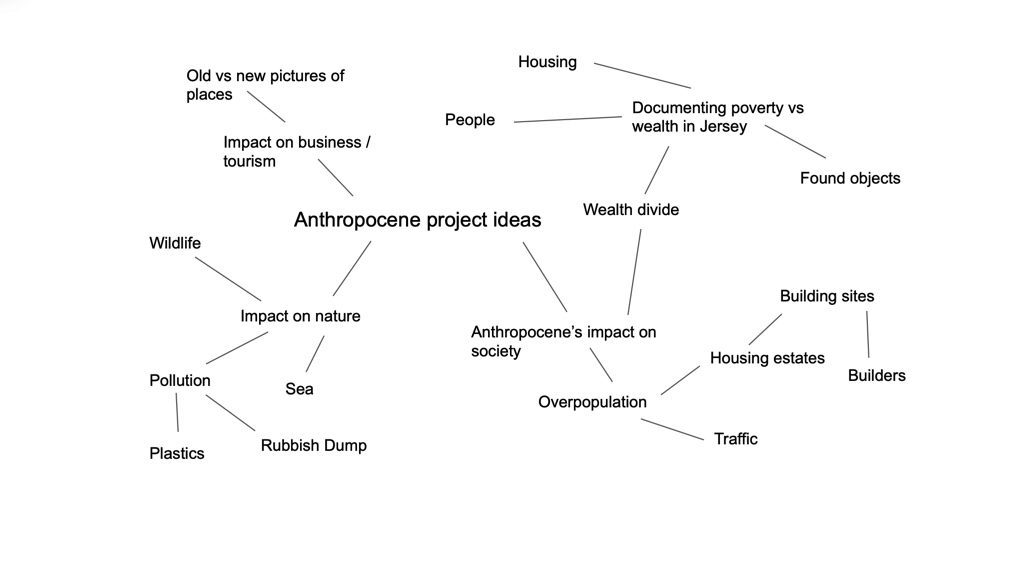
My main ideas
An idea I have is to take images of monumental areas on the island such as tourist areas or areas that have changed drastically over time. I would then find archive images, via Facebook or Jersey Heritage, of the same places, at the same angles as my images ( I would find the archive pictures first), and put them together as pairs to show how Jersey is changing due to our effect on the island. This idea is linked to the over industrialisation of the island, and how the need for more and more money has pushed iconic and once loved local places away
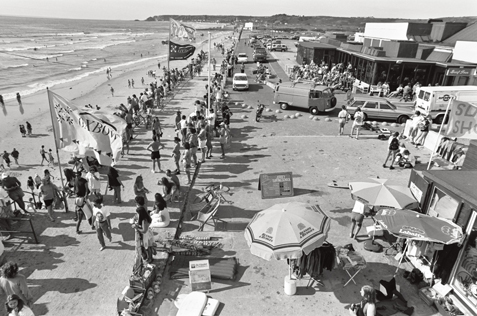
The watersplash 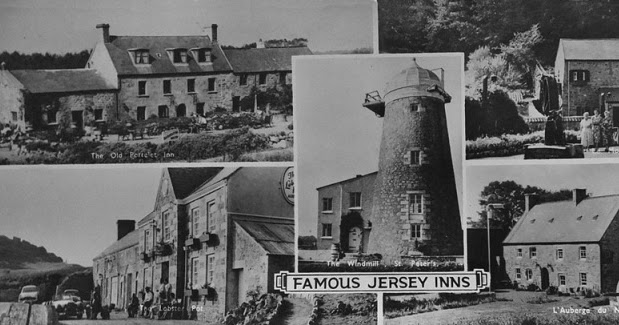
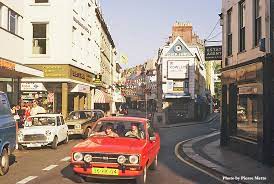
Sand street 
Jersey Airport 
Social Divides and Poverty
Another of my main ideas for the Anthropocene shoot is to document the wealth divide on the island. This links to the Anthropocene project as the human impact of wealth and poverty is seen on the island via the lack of affordable housing, and the extreme housing crisis, contrasting with the mega-rich business owners and families who continue to build bigger and bigger houses and drive the divide further and further – whilst also destroying preserved areas in Jersey’s green spaces. I plan to photograph this by contrasting the new modern big houses on the island with the highrise, neglected buildings in Jersey. My aim with this idea would be to show the divide in the island created by the constant building and expansion of the island. I would then present my images as opposites juxtaposed next to each other, or potentially collaged with articles on the issue as one piece.
The last five years have seen the amount that households have to spend dropping, with income inequality between the rich and poor rising. Five years ago, the gap between rich and poor in Jersey was smaller than in the UK – today, Jersey is a more unequal society than the UK, with twice as many pensioners described as living on “relative low incomes”.

The figures are contained in the Household Income Distribution report, which measures how much money different types of households are surviving on. The report uses an international definition of “relative low income” or “at risk of poverty” – which is any household that receives less than 60% of the average (median) income.
In Jersey, that means £29,400 for two adults living together, £41,160 for two adults with two children, or £19,698 for a single adult. According to those figures:
56% of one-parent families are at risk of poverty.
29% of children are at risk of poverty.
28% of pensioners are at risk of poverty.
The report found that while Jersey’s tax and benefits system reduced inequality between the rich and poor, the effect was completely nullified by the high costs of housing.
Jersey’s housing crisis
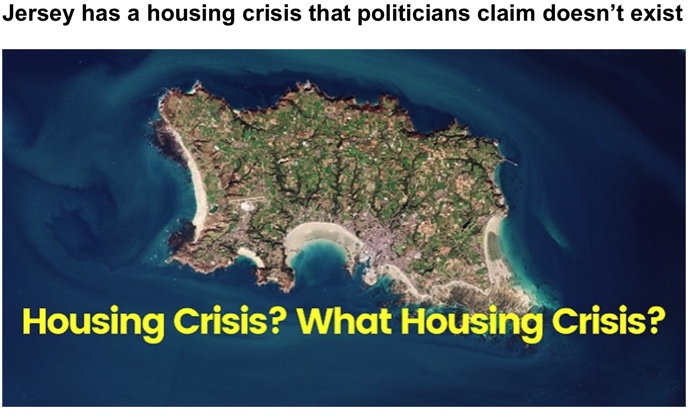
One of my main ideas is to show the impact of overpopulation in Jersey and show its effect on how St Helier, St Clement and other parishes look like as an effect of this. I plan to do this by photographing big housing estates, high rise buildings, building estates, and anything such as objects or people I meet as I photograph these areas if I feel they fit with the idea of my shoot.

I have chosen to photograph the housing crisis because of how it is going to impact my future, but also how it impacts almost all residents on the island, including myself.

As the cost of living has risen, housing prices have skyrocketed: Jersey is currently the most expensive place to live in the UK, with higher house prices than London.
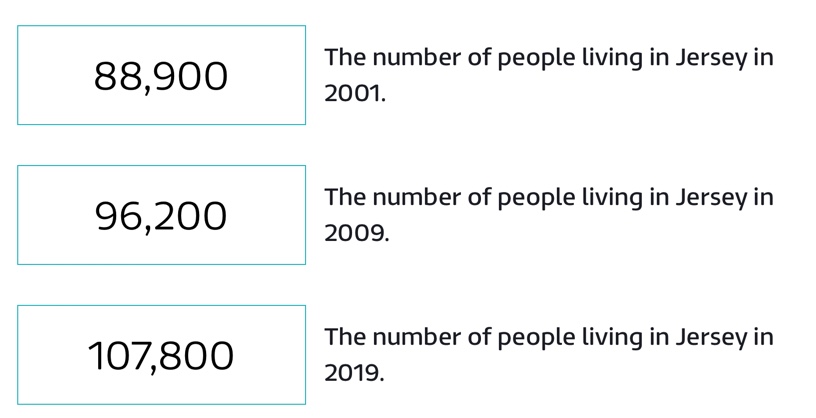
With Jersey’s population increasing, as well as the raising in housing prices, the need for social housing is increasing. – Many old blocks of flats and houses are being demolished, to be renewed with modern, state of the art apartments in their place. I have chosen to photograph a few sites of these demolitions in Jersey, to show how the island’s need for housing is affecting the landscape – and what is left behind once everyone is moved out.
For example, De Quetteville court has just been renovated – I plan to photograph the old flats which have been left after the new ones are now built.
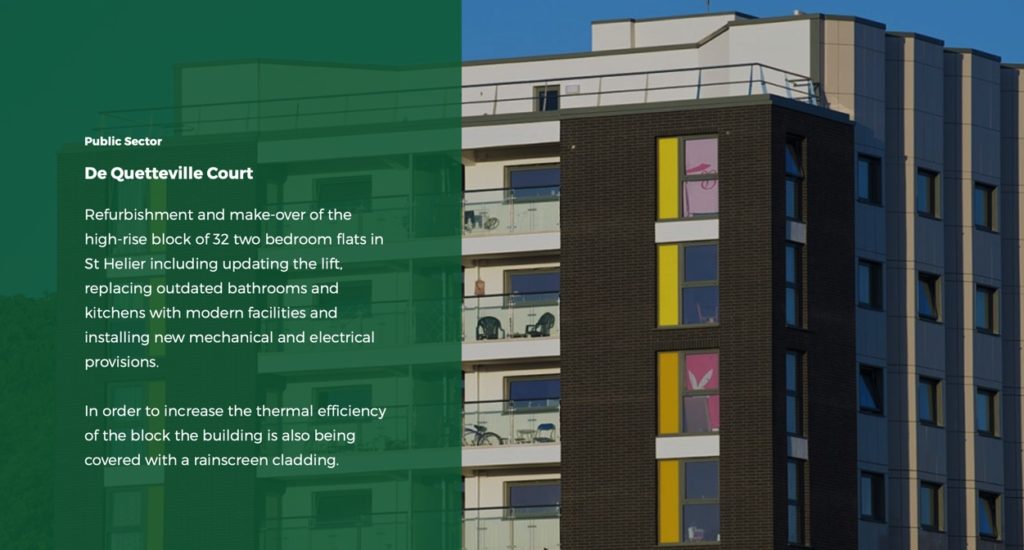
Furthermore, the same thing has just begun at the Le Marais flats – they are refurbishing the old flats and completely modernising them. I plan to photograph the flats before their modernisation. – some have already been left, and the construction has begun, and I am keen to photograph the block that is left, compared to the ones still lived.
https://roklimited.je/projects/le-marais – a link to Rok Construction’s plans.
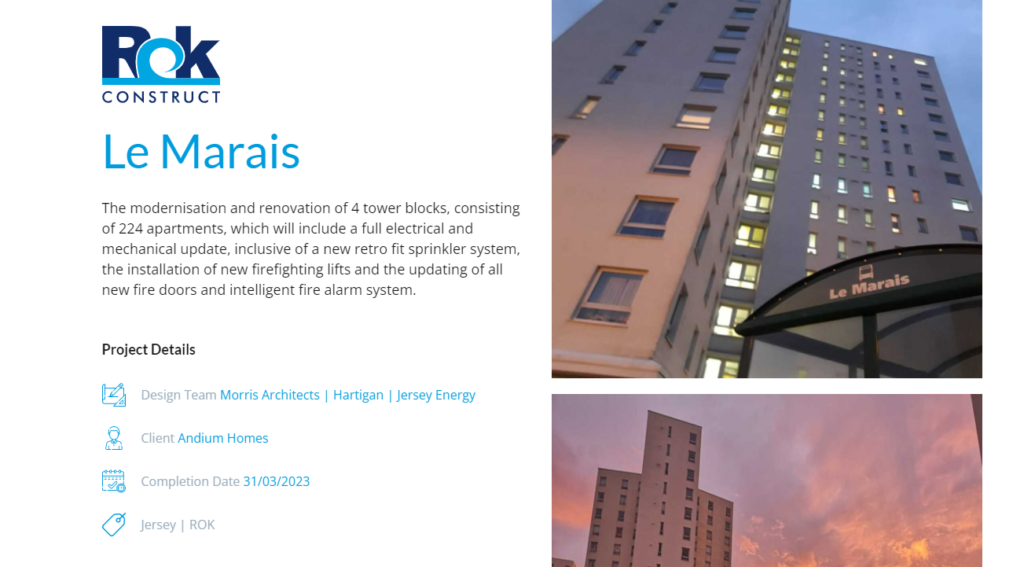
There are over 4,000 vacant properties on the island, recorded in April this year, and the number is increasing despite the desperate need for housing – The number of vacant houses in Jersey has increased by almost 1,000 in the last decade – despite a severe shortage of homes for islanders. A total of 4,027 private dwellings were identified as vacant on Census Day, which equates to a vacancy rate of 8.3%. Both the number and proportion of vacant properties have increased in 2021 compared to the last census in 2011 when 3,103 vacant dwellings were recorded – a vacancy rate of 6.9%.
https://www.itv.com/news/channel/2022-04-19/census-finds-4000-jersey-properties-empty-despite-housing-crisis – a link to the article about this census.
I am interested to photograph both the vacant properties and those that are neglected by the government, as there seems to be no solution to the issue that is causing the island so much trouble. – this housing crisis means that my generation will have a lot of trouble finding housing on the island – there is already evidence of this, with many businesses unable to find accommodation for their staff.

https://www.itv.com/news/channel/2022-01-05/its-just-too-expensive-to-live-here-inside-jerseys-worsening-housing-crisis – an article telling the story of someone on the Island who is unable to find adequate housing, like many others.
Urban and Urban Decay photography
As part of my ideas for photographing evidence of the housing crisis and vacant buildings, urban photography, and particularly decay photography is a key part of my inspiration.
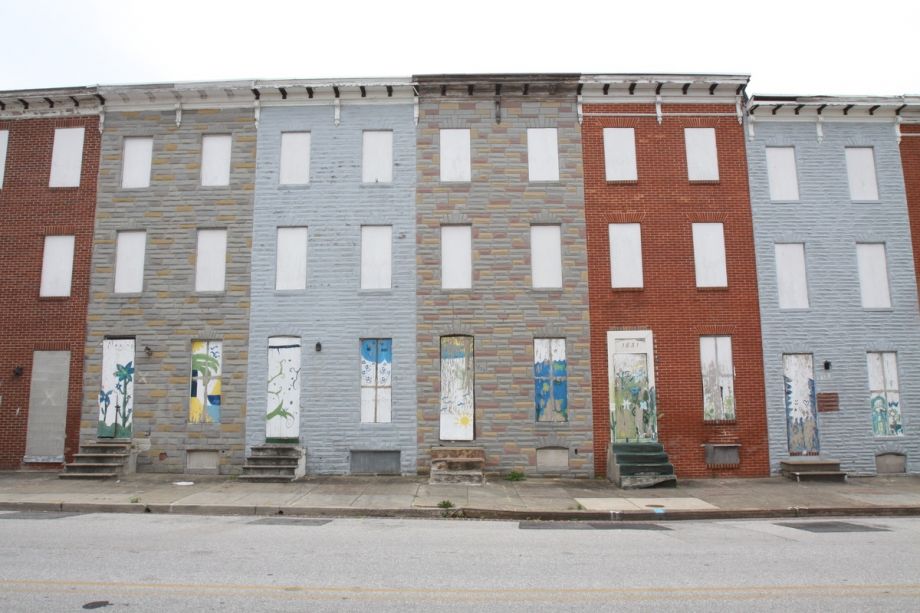
Baltimore, USA 
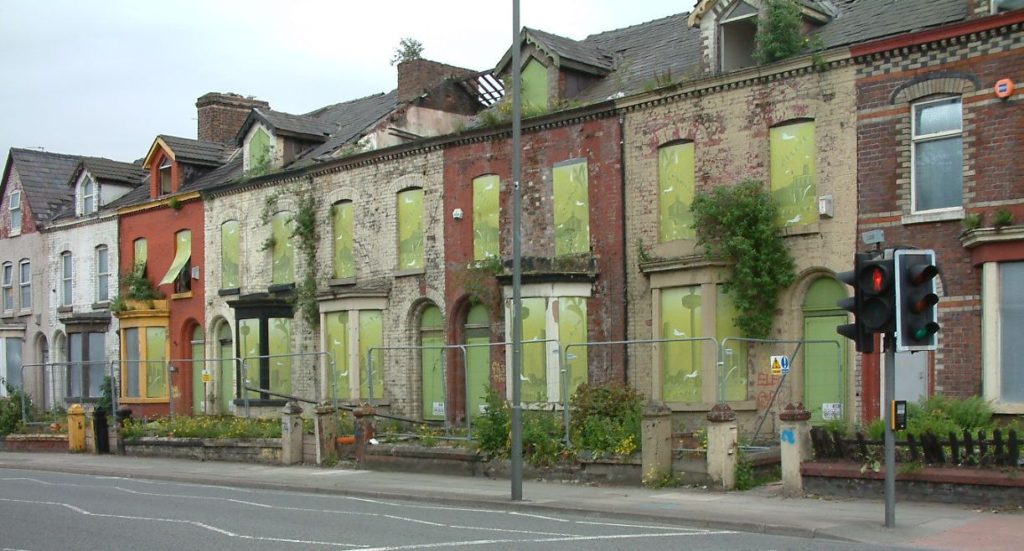


Jack Young 
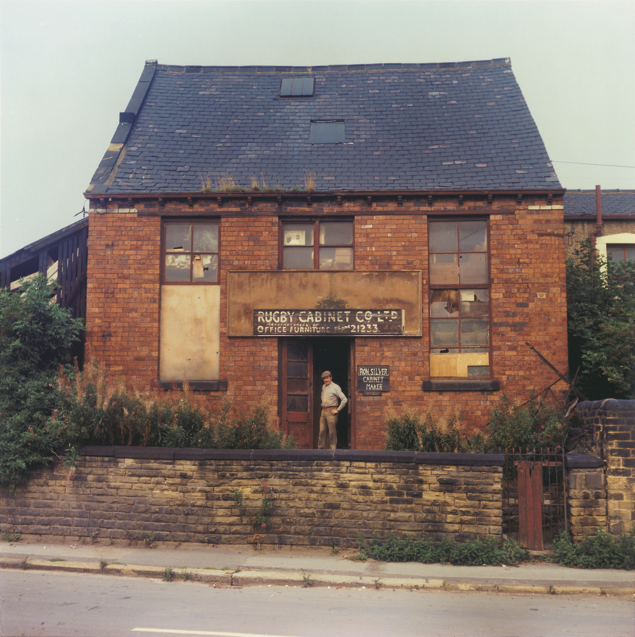
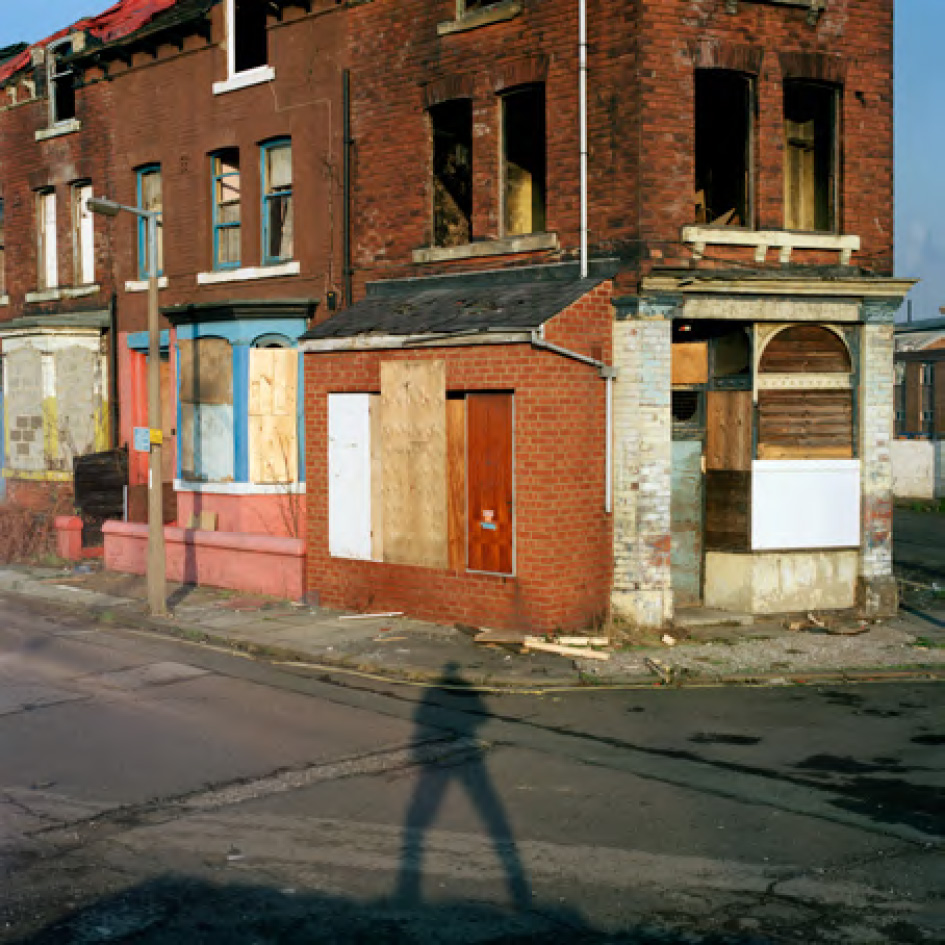

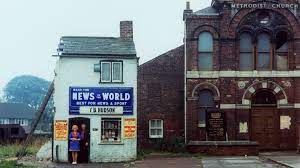
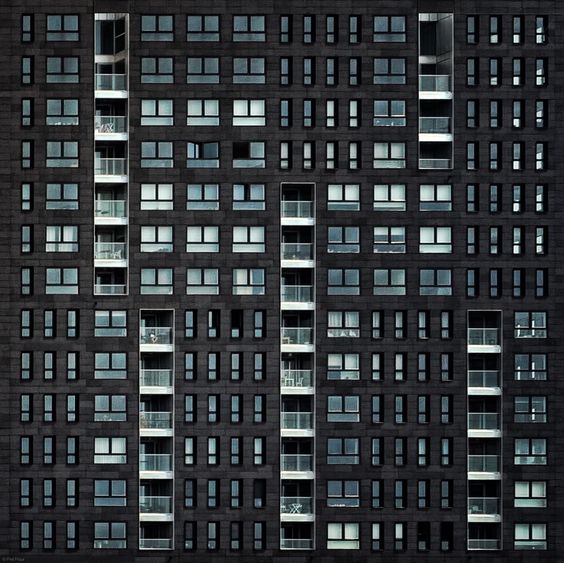
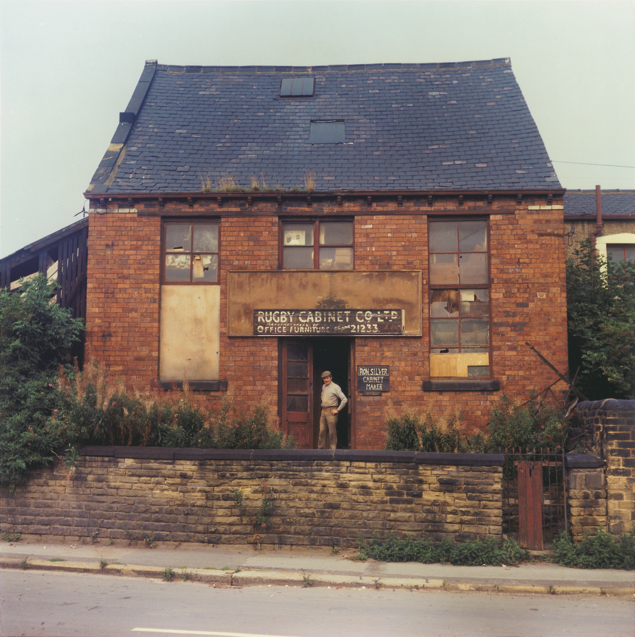
Peter Mitchell
My aim for this project is to photograph the housing crisis in reality – I have researched it thoroughly and through this, I now know what sites and ideas I am going to carry out.
Collage
I really like the idea of using collage for my final outcomes, as this is a way of working I really like and I think works well, as well as the idea of juxtaposition and comparison in my outcomes to bring across the point of my work on Anthropocene. The idea of collaging my images I think would work well with the idea of photographing the housing crisis, bringing across the idea of overcrowding, by combining and overlapping my images of housing.
After researching, I have found a style of collage I like: These are by artists like Laura Romero and Anastasia Savinova among others. I think that these two artists work very well with my chosen topic due to the way I would be able to use an outline of some buildings, and fill these with the images of the flats and houses I plan to photograph. For these collages to be successful, I would need to take images in a typology style – they need to be straight on to work as effectively as the collages of Anastasia and Laura’s work.
Zines
Another idea I have for my presentation of my final outcome is the use of Zines.


